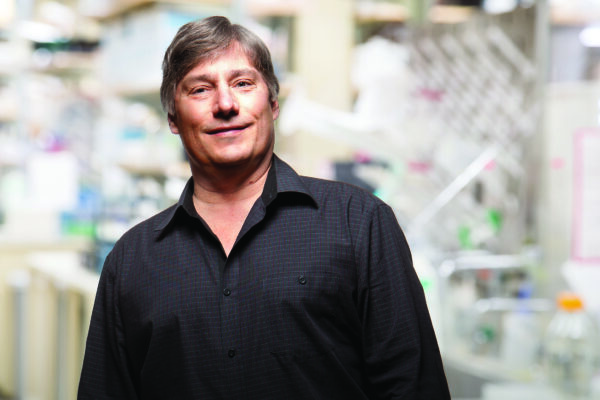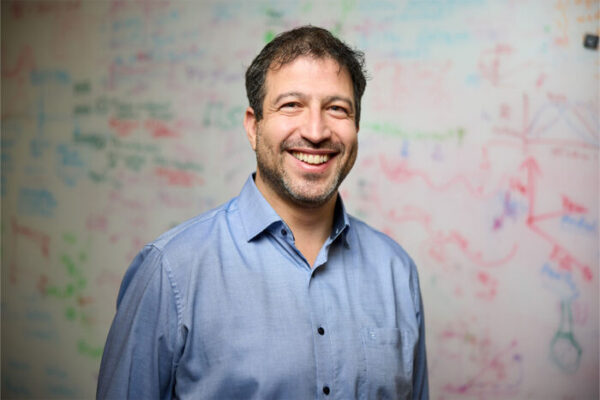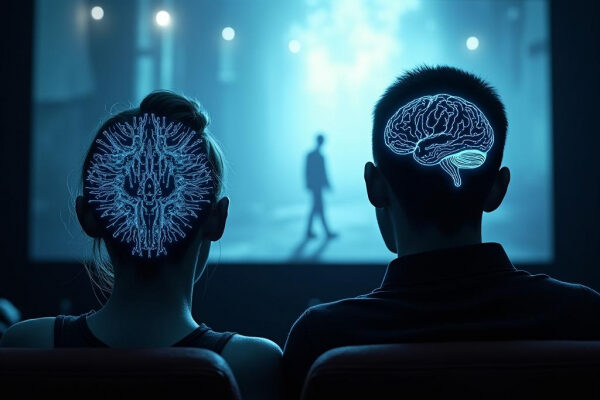News
Remembering Dennis D.M. O’Leary, former WashU neuroscience student and faculty member
Dennis D.M. O’Leary, who earned his PhD in neural sciences in 1983 at Washington University School of Medicine in St. Louis, recently passed away.
Kepecs awarded NIH Director’s Pioneer Award (Links to an external site)
Adam Kepecs, PhD, the Robert J. Terry Professor of Neuroscience and a professor of psychiatry at Washington University School of Medicine in St. Louis, has been selected for a National Institutes of Health (NIH) Director’s Pioneer Award, to study how the brain’s neural circuits decode signals from the immune system and orchestrate adjustments in behavior and motivation.
Franken and Wessel win NIH grant to study how artificial and biological brains process video imagery (Links to an external site)
WashU assistant professor of neuroscience Tom Franken and professor of physics Ralf Wessel have secured a $427,625 grant from the National Institutes of Health to study how artificial neural networks and primate brains process and predict video imagery.
Publications
Case report shows how fluoxetine (Prozac) was repurposed to treat a severe seizure disorder in two sisters under treatment at WashU Medicine
In Frontiers in Pharmacology, Lawrence Salkoff, PhD, and colleagues report how norfluoxetine, a long-lasting metabolite of fluoxetine that may accumulate in the brain at greater concentrations than fluoxetine itself in patients treated with fluoxetine, is most likely the agent bringing relief to the patients.
![Figure 2. Diagram of a Kv3 potassium channel subunit and the location of the V473A variant. (A) Kv3 subunit with 6 transmembrane domains. P indicates the pore domain governing the ion selectivity of the channel. The colored filled circles in S6 represent selected dominant gain-of-function variants in Kv3.1 and Kv3.2. The KV3.2 V473A variant is located near the cytoplasmic opening of the channel pore (red). Kv3.1 variants: 1) V425M, 3) M430I, 4) V432M, 5) V434L (Ambrosino et al., 2023); KV3.2 variants: 2) I465V, 6) V471L (Li et al., 2022; Schwarz et al., 2022), 7) V473A (Schwarz et al., 2022) (which is the topic of this study). (B) Position of WT V473 and V473A variant on S6 in the Kv3.2 channel structure. The WT V473 (red) is located near the cytoplasmic mouth of the channel and may be important in stabilizing the closed structure (left image). The variant V473A is shown in the right image (red). Structures of human Kv3.2 were based on the cryo-EM structure of the highly similar paralog, Kv3.1, where the S6 amino acid sequence is identical for Kv3.1 and Kv3.2. The residue position V436 in the Kv3.1 sequence is equivalent to residue V473 in Kv3.2 [P48547 KCNC1 compared to Q96PR1 KCNC2 - UniProt]. The images of human Kv3.1 structure were prepared in UCSF Chimera (Pettersen et al., 2004). The V436A (V473A) variation in the Kv3.1 (Kv3.2) structure was generated from the WT Kv3.1 cryo-EM structure (PDB: 7PHH) by replacing V436 with Alanine using the Swapaa function in UCSF Chimera (right image).](https://neuroscience.wustl.edu/app/uploads/2025/02/fphar-15-1528541-g002.jpg)
Events
-
2 Apr
-
4 Apr
-
9 Apr
-
16 Apr
Join our team of dedicated faculty, motivated trainees and passionate staff members.

Exceptional training
Providing foundational training, grounded in anatomy, at all levels
- Exciting, supportive environment
- Award-winning instructors
- Diverse mentorship opportunities
Our city will surprise you
St. Louis is an affordable, family- and foodie-friendly city with amazing green spaces and incredible cultural activities.


